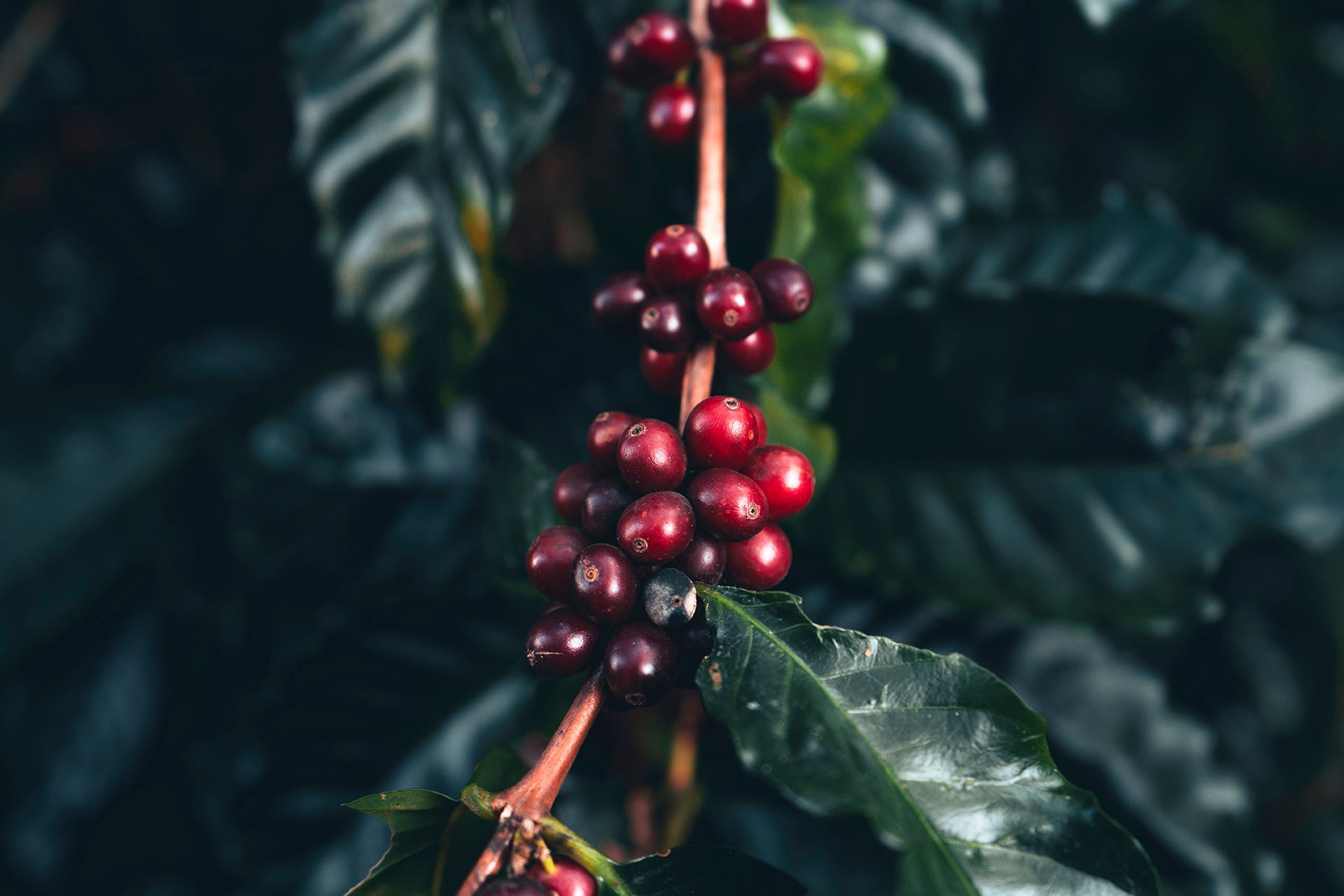In short: it is a coffee blend made from Arabica varieties. This doesn't mean anything in itself, but the 100% label looks good on any packaging, despite the fact that we know quite a bit about the coffee itself.
The varieties of the coffee plant can be classified into three large tribes.
These are Robusta (originally known as canephora, only this was the winner in the Anglo-German academic debates of the beginning of the last century), Arabica and Lyberica, which has now almost completely disappeared. In each tribe, there are many (or almost countless...) varieties and variants (and their subvariants), all of which have their own unique characteristics, similar to, for example, Hungarian apples.
What is the difference between Arabica and Robusta?
Actually, the similarity is more, since both are two different strains of the same plant. Coffee can be made from the fruits of both (more precisely, from the seeds of the fruit similar to cherries). It is grown elsewhere, it is grown differently, the size of the beans is different, the caffeine content is different and of course the taste of the finished drink is different.
As a rule of thumb, it can be said that the Robusta shrub is more unpretentious, easier (cheaper) to grow (even in large-scale production conditions), less susceptible to diseases, and in return it can be used to make a drink with a higher caffeine content, more intense taste and aroma, but lower quality (less delicious). (Of course, there are also specialty Robustas, but let's not get into that now...).
That is why they started mixing (blending) Arabica and Robusta coffee beans.
If there is a coffee that is more expensive but finer (softer) and another that is cheaper, has a strong taste, but gives body and crema, by mixing the two you can create a drink that gives a cost-effective, spectacular and acceptable result. The general blend is 70-30 or 80-20 (there is always more Arabica in it), but of course many things can happen. Of course, those who considered other aspects important started to mix blends from only Arabica varieties.
Why is it good to mix (blend) coffee?
The single origin coffees also used by Steamhouse all have their own taste, which is typical only for the given area, variant and the given vintage (in this case, coffee is very similar to wine). Therefore, it is almost impossible to achieve the same taste twice in a row within a year and a half, moreover, such coffees are much more sensitive to storage and preparation. If there is a specific flavor that the coffee company wants to achieve (because its customers insist on it, or because it wants to sell in a quantity that does not exist from one type), it starts to "marry" several types of coffee in different forms (hello, winemakers!). If you have the desired result, you "only" have to find the coffees and proportions that always give the same results year after year. (The coffees are usually mixed after roasting and the resulting drink is tasted). One of the first and most famous producers of Arabica blends was Ferenc Illy's company in Trieste in the first half of the last century (the brand name might be more familiar without Ferenc, let's be proud of him!), where to this day a very well-prepared team is tasked with selecting and putting together those belonging to the Arabica tribe coffee varieties, which will be put on the shelves as blends in the future, and give the same taste experience that has been used for decades with that brand.
Is Samurai Shoelace coffee 100% Arabica?
Yes, as we do not use robusta. All of our coffee comes from a so-called "single origin", i.e. from one growing area (sometimes from one plantation), so although it is technically valid, we do not use this indicator. (Quality wineries also do not write on the wine that it is made from 100% grapes). It may happen that the fruits of several subvariants are mixed (e.g. Costa Rica is famous for the hybridization of catua and caturra varieties, they sometimes come from the same farm, from different vineyards), but of course these coffees also meet the "specialty" qualification.
In summary : where the coffee came from, what varieties (variants) it is made of, and when it was roasted are more important than the 100% Arabica label on a package. At the same time, with a "100% Arabica" coffee blended from less quality ingredients, a quality 80-20 blend may give a much better experience, but this is a matter of taste, and we will not open a debate about it.
